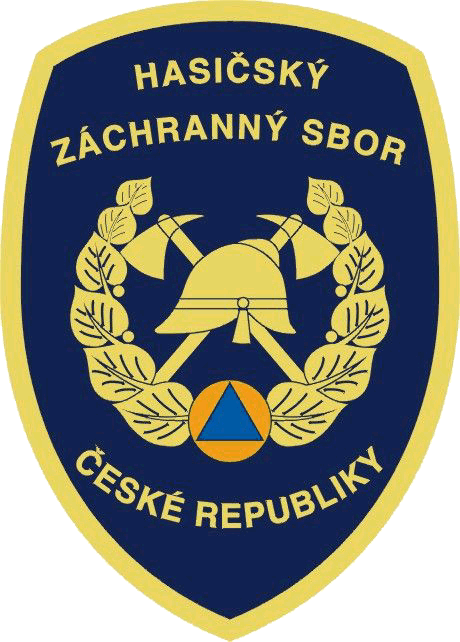PEER REVIEW PROCESS
The peer-review process ensures high quality of articles published in The Science for Population Protection journal. Its task is to examine scientific or expert texts through a set of criteria formulated in order to evaluate their quality. Monitored criteria are expressed by the following questions:
Is the topic of the contribution in accordance with the focus of the journal?
Is the contribution a current topic?
Does the wording of the title and abstract correspond with the actual content of the contribution?
Are the objectives of the contribution defined, and clearly formulated?
Are the scientific methods used to address the issue suitable?
Are the main results and conclusions of the contribution clearly formulated?
Is the structure of the contribution logical? Does the structure correspond with the stated objectives?
Does the contribution contain appropriate statement expressing author’s critical views and opinions concerning the researched issue?
Are the conclusions and results of the contribution beneficial and usable?
Is the list of references and information sources sufficient and up-to-date?
Before starting the peer-view process each manuscript is reviewed by the editors, who consider whether it meets the basic requirements for scientific / scholarly article. In case of serious deficiencies the text is returned to the author.
The actual peer-reviewed process is divided into two phases.
In the first phase, the contribution is evaluated by the editorial staff whether the subject and nature of the article conforms to the thematic areas of a scientific journal, and whether formal processing conforms to the guidelines for authors. In the case of a positive evaluation, the article progresses to the second stage of the peer-review process.
In the second phase, the manuscripts seeking publication in columns ‘Scientific and Scholarly Article’ are submitted to double-blind peer-review, elaborating two peer-review reports.
The reviewer formulates in the conclusion a reasoned opinion to the relevant manuscript by selecting one of the following options:
The paper to be published
The paper to be published after adjustments,
The paper to be publish after editing and repeated review
The paper not to be publish.
In the case of vastly different reviews the opinion of the third reviewer is require and subsequently the Editorial Board decides on the inclusion or non-inclusion of the contribution to the journal.
If the reviewing reports are commendatory, or recommending the paper for publishing after editing, the peer-review process is completed and the text is recommended to the editorial board for publishing, or for publishing after editing.
If the reviewers require editing and repeated reviewing of the article, the author is asked to implement a major revision to the text. Upon a receipt of the revised manuscript the editorial board decides whether the revision is sufficient, and the manuscript is then subjected to another round of the peer-review process.
The Editorial Board decides about publishing the papers in the scientific journal "The Science for Population Protection". Their decision is based on the results of the peer-review process.
Principles of ethical conduct of the review process participants are further defined by the Code of Ethics (by reference).

